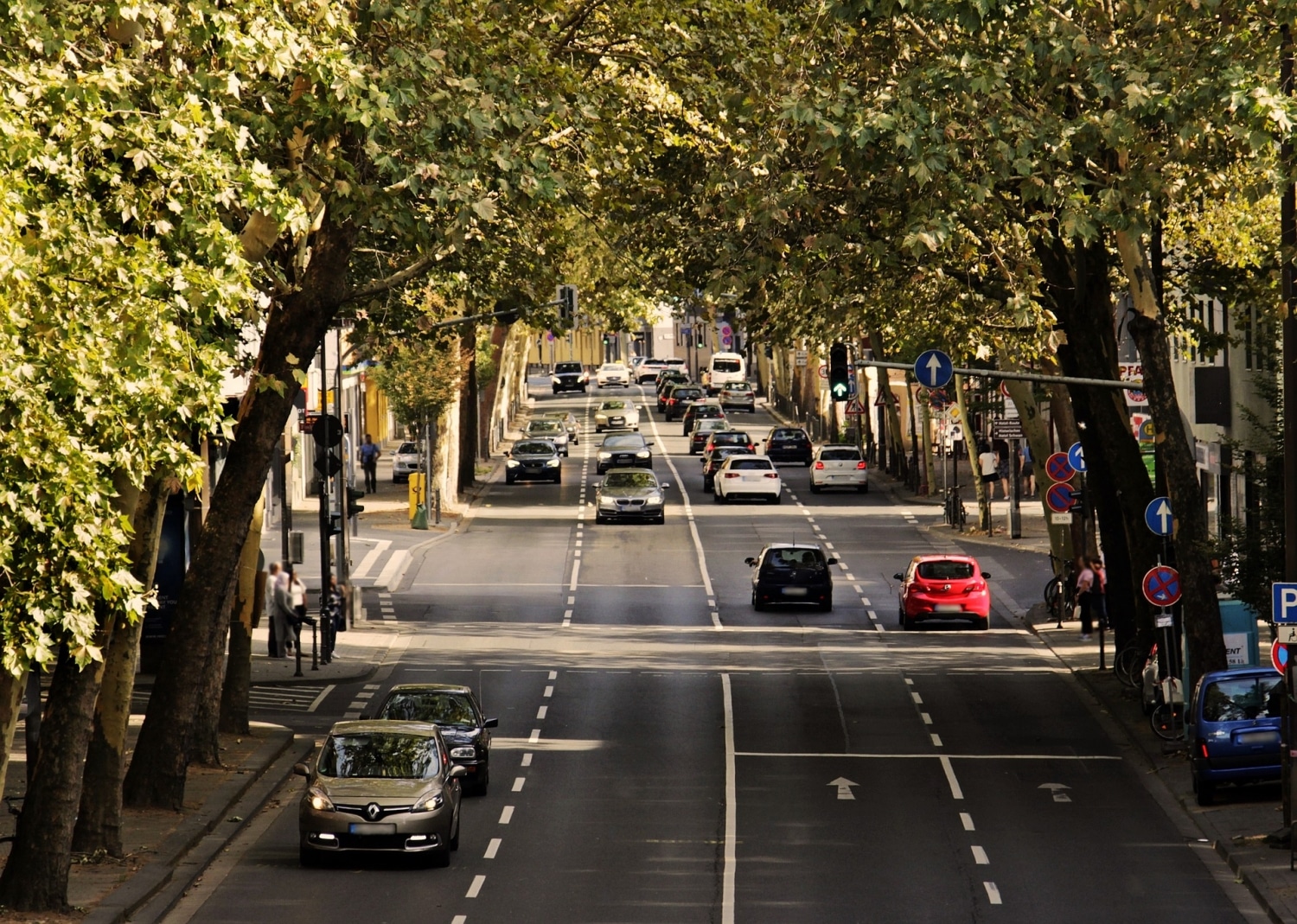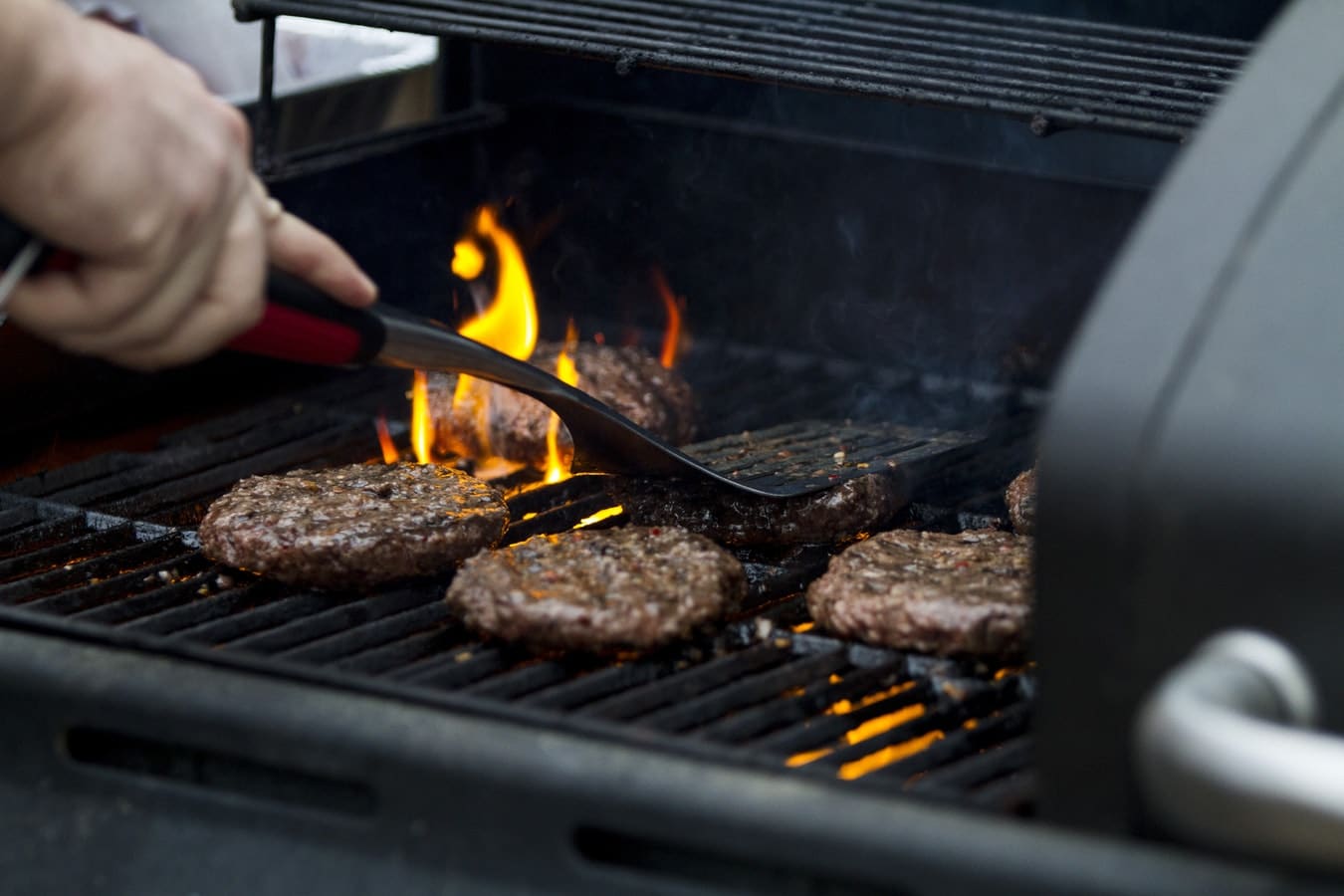Child car safety
Cars are one of the most used form of transportation and parents usually take their children along with them when they drive. Having an infant in a car can prove to be quite challenging, as children can get restless and fussy, which can cause a great distraction for the drivers. These situations can prove to be catastrophic as it can cause accidents which lead to fatal injuries, and in some cases, death. In cases of accidents, children are also the ones who face the most threat of harm and cause a great deal of worry for the parents. As a result of this, it is important to observe certain safety practices in the car to ensure child-related accidents do not occur, and to be well equipped in the unlikely event that they do. These practices are very simple and are usually the difference between safety and emergency. Some of these practices include:
- Always use a car seat: Children can be fussy and disruptive, and seat belts are too big to hold them. Car seats are designed to hold your child in place and fit into the car easily. They have belts which hold down the child and can be reinforced with the car’s seat belts, keeping your child in a safe position and preventing unnecessary distractions to the driver. In the case of an accident, the car seats prevent the child from being thrown out of the vehicle by the force of the collision, preventing serious injuries like neck fractures, or even death.
- Don’t leave Children in the car: Children are very impressionable and tend to do things they see others do. There have been reported cases where children have started car engines when left alone with the keys still in the ignition. This can prove fatal as they do not have what it takes to guide a vehicle and can cause an accident. There is also the more obvious issue of suffocation. When children are left alone in a car, they may not have an idea of what to do when running out of air, and can be suffocated as a result.
- Carefully make use of restraints: As stated earlier, restraints are very important when there are children in the car, for their safety and the driver’s, as well as other road users. When restraining a child, it is important to ensure that the restraints are not too tight, because they can get uncomfortable and struggle with the restraint, causing injuries and in some extreme cases, death. The restraints should, therefore, allow the child a little freedom and wiggle room, but also be tight enough to restrict movement and prevent any sudden interruptions while driving.
With these few practices which are very simple, being practiced daily, the children will be safe in the event of an accident. When properly restrained, unnecessary distractions are also cut out, preventing child-related accidents on the road, protecting not just the children, but other road drivers as well. Dutifully carrying out these practices makes for excellent Child car safety.




